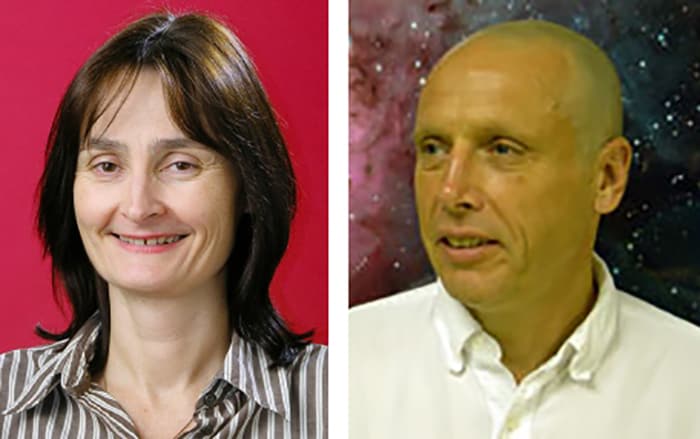Flash Physics is our daily pick of the latest need-to-know developments from the global physics community selected by Physics World‘s team of editors and reporters

Species diversity emerges from ecosystem model
A new model of how different organisms compete for the same limited resources could explain why most ecosystems support many more species than expected. Life on Earth is remarkable in its diversity, with more than 300 tree species co-existing in a hectare of tropical rainforest and thousands of distinct types of microbes co-existing in a gram of soil. This diversity has puzzled biologists because simple resource-competition models suggest that the number of species in an ecosystem cannot exceed the number of distinct resources in that environment. Now, Anna Posfai and Ned Wingreen at Princeton University and Thibaud Taillefumier at the University of Texas at Austin have unveiled a new model that can reproduce the diverse coexistence of different species of phytoplankton. According to the trio, the diversity arises from two important features of their model. One is that it allows organisms to influence their environment – something that many real organisms do. The second is that the organisms are subject to the same trade-offs in how they metabolize nutrients using enzymes – with each organism having the same overall limit on enzyme production. The research is described in Physical Review Letters.
Turbulence study could lead to reliable wind power

Data on the energy output of wind turbines have provided Mahesh Bandi with important insights into how to design wind-power systems that deliver more reliable power. Researchers already know that the energy output of an individual turbine operated over a time T will experience fluctuations that scale with T2/3. While researchers had suspected this was caused by turbulence in the atmosphere, it had not been explained theoretically. Bandi – who is based at the Okinawa Institute of Science and Technology in Japan – looked at data from individual turbines and grids of turbines in the US, Ireland, Germany and Denmark. He has shown that the fluctuations are caused by atmospheric turbulence over distances of hundreds of kilometres. This could explain why the output of a farm of turbines spread over tens of kilometres has the same T2/3 fluctuations as a single turbine. Writing in Physical Review Letters, Bandi points out that the effect of short-term fluctuations can be smoothed out by combining the output of wind farms separated by more that 100 km – something that he saw in data from turbines in Texas and Ireland. However, he was also able to show that even this smoothing is limited.
Michele Dougherty and Nick Kaiser bag Royal Astronomical Society medals

The Royal Astronomical Society (RAS) has announced the winners of its annual awards, medals and prizes. Through these awards, the UK-based society honours significant achievements in the fields of astronomy and geophysics. The highest award for both fields is the Gold Medal, which typically recognizes lifetime achievement. Previous winners of the Gold Medal include Albert Einstein, Stephen Hawking and Edwin Hubble. Following in the footsteps of these notable scientists, the 2017 Gold Medal winners are, for astronomy, Nick Kaiser of the University of Hawaii, and for geophysics, Michele Dougherty of Imperial College London. The winners were announced at the RAS Ordinary Meeting and the awards will be presented at a ceremony in July at the society’s National Astronomy Meeting in Hull. A full list of the 2017 award winners can be found on the RAS website.
- You can find all our daily Flash Physics posts in the website’s news section, as well as on Twitter and Facebook using #FlashPhysics. Tune in to physicsworld.com later today to read today’s extensive news story on a new stretchable transistor.



